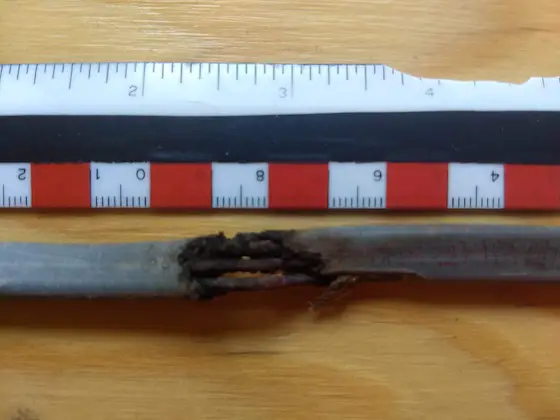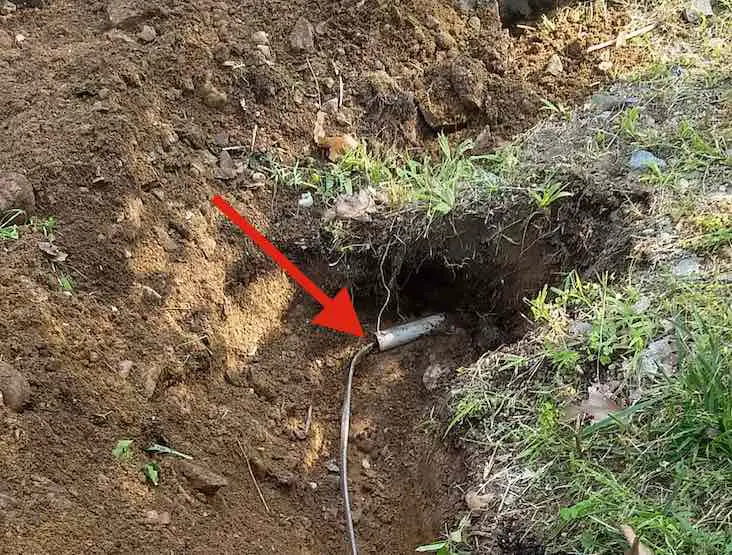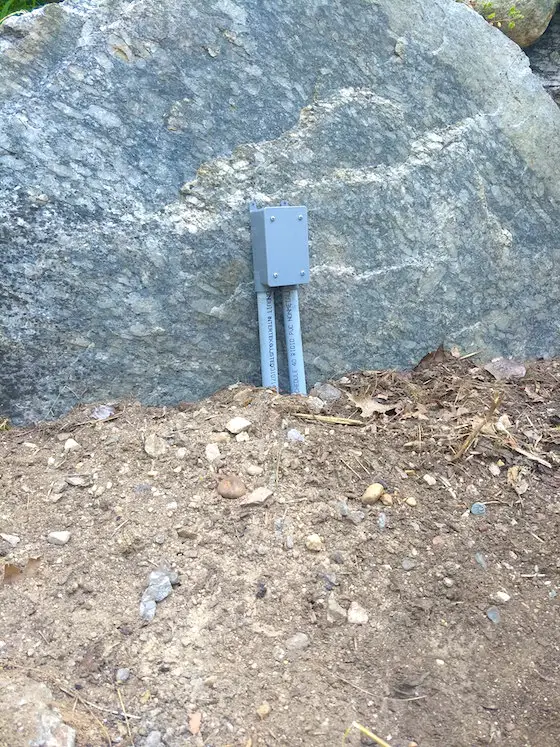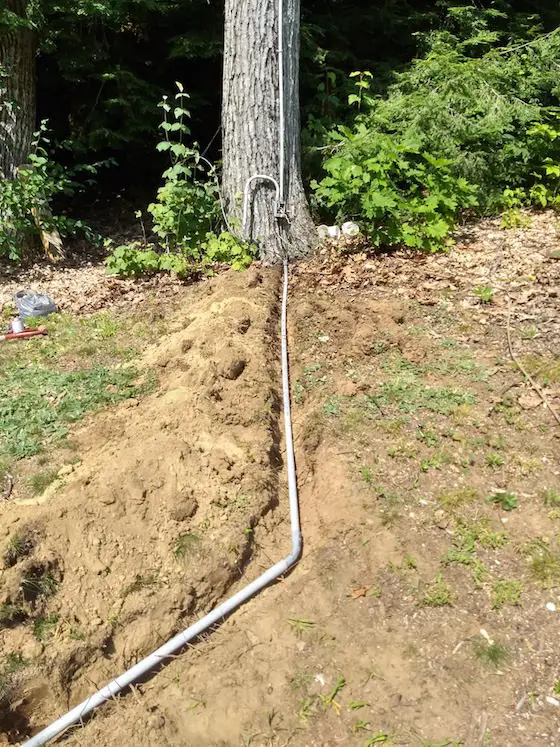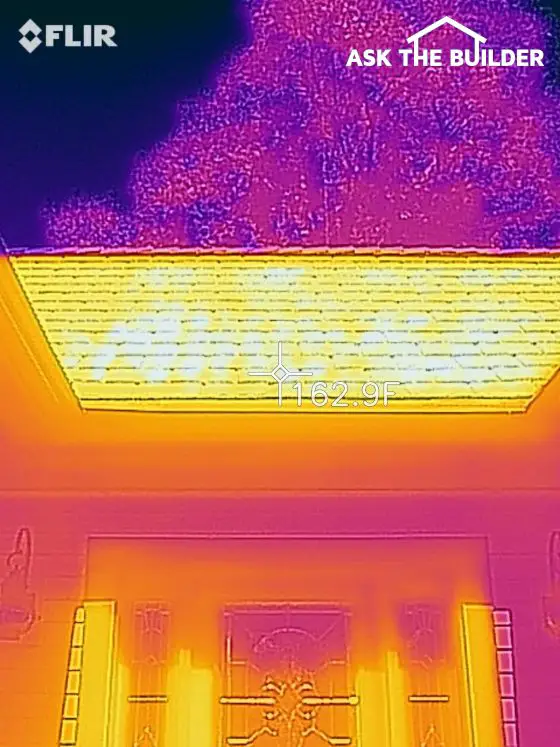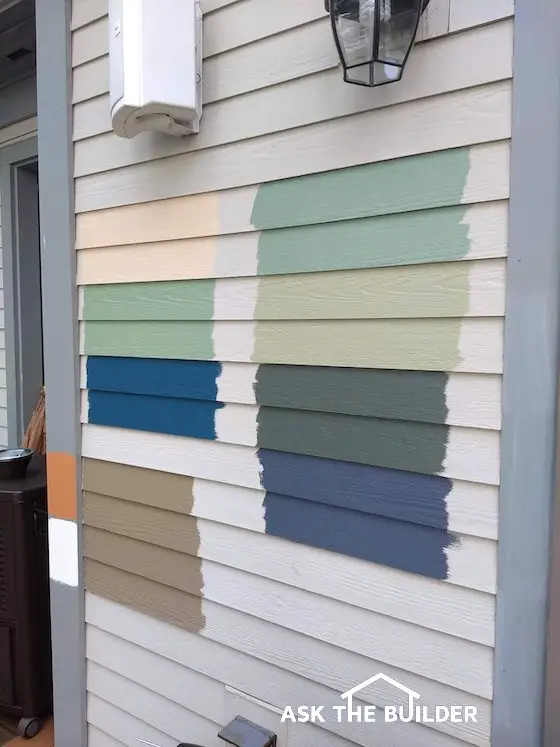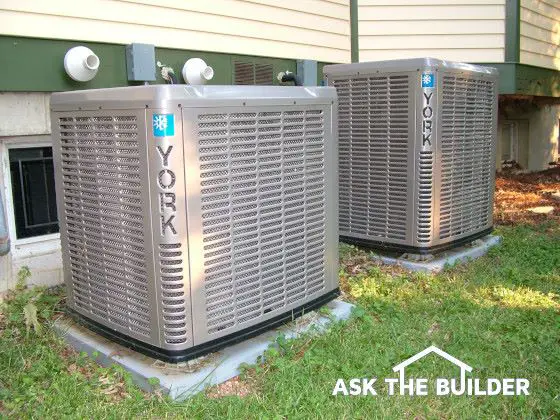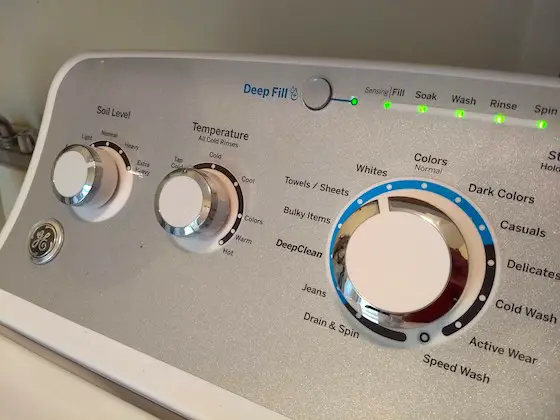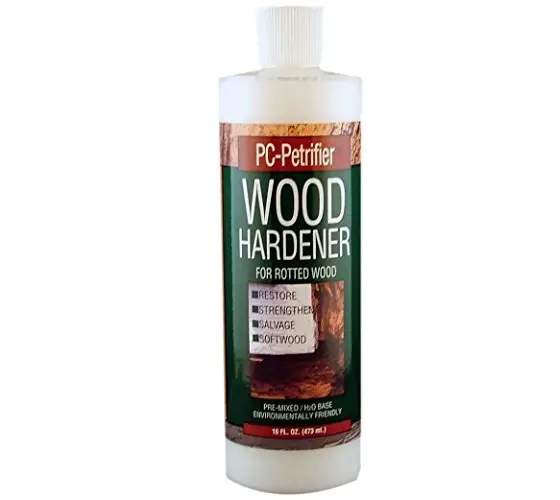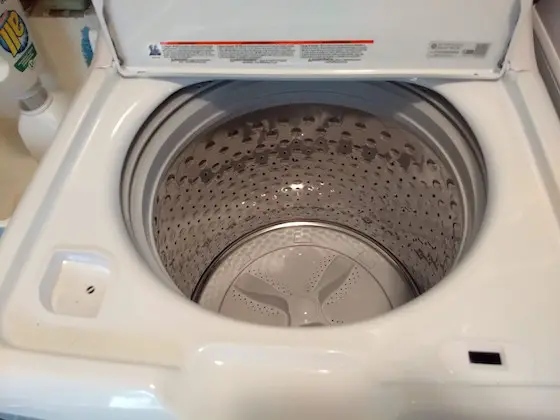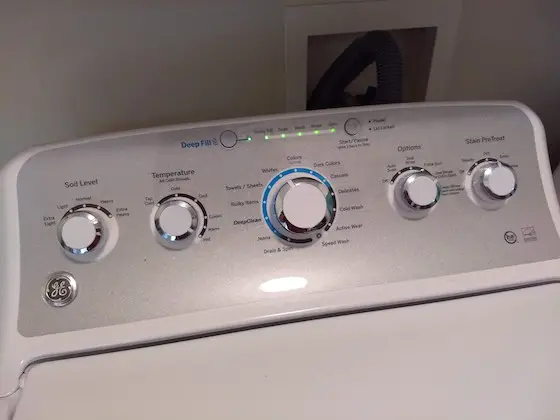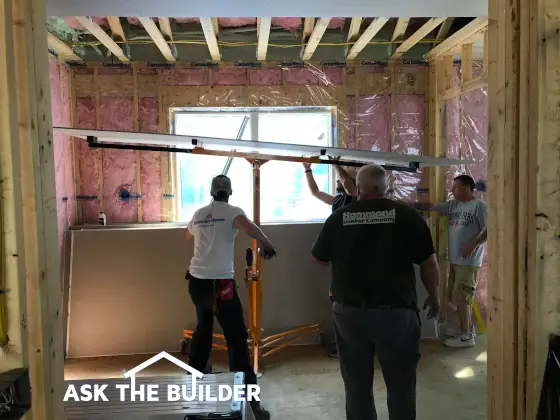Are you a new subscriber? Welcome to the mayhem of AsktheBuilder.com. It's good mayhem, not bad.
Existing subscriber? Go ahead, tell one of the new subscribers how much sweet moola I've saved you over the past few months and years!
Remember My RANT About the Wire?
Less than a month ago, I was fuming about a shorted underground wire at my home. It's very important for you to realize I didn't build the home I live in at this time. Oh how I can't wait to build my next new home!
CLICK or TAP HERE to read what happened a month ago.
Now peer at this photo:
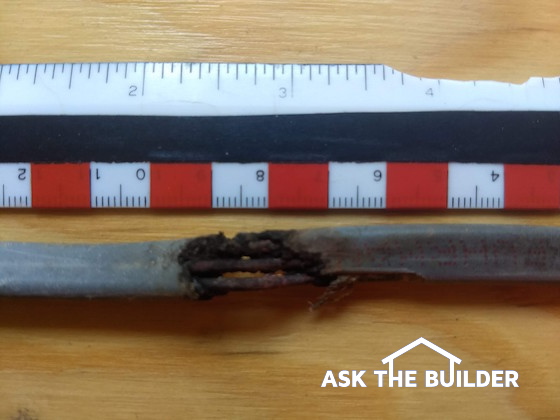
You're looking at the shorted wire I extracted from the rocky soil.
Do you want to know exactly what happened? I thought so.
CLICK or TAP HERE to read the autopsy report.
You absolutely want to read the report and look at the STUNNING PHOTOS. The other reason is Mike Cyr, a virtual friend from northern Maine, wrote to me with a time-tested method to PREVENT shorts in underground wires.
Wait until you read what Mike's electrician does.
Debba and the $300 Gift Card
Two months or so ago, I asked you to help provide some data about indoor portable dehumidifiers. You and hundreds of others responded!
I offered up a $300 Amazon gift card to help make it worth your while. You were assigned a unique number as your answers were recorded.
After the deadline passed, I went to random.org and used their random-number generator to pick the winner of the gift card.
It was Debba.
Here's what Debba sent me after she received it:
Dear Tim,
Your envelope just came in today's mail (we're last on the route). Thank you for all you sent along. I am happy to have the NEFR patch that you personally designed. It's quite handsome. I enjoy reading your ham radio columns, and now I have a patch.
And I am excited to have a piece of ancient mica. Because your degree was in Geology, I know you have considerable interest in this, so it makes the mica even more special.
I guess I don't have to describe the feeling of "winning" the gift card. What a wonderful timely surprise this is. My first grandchild arrived in February, and now Emma is needing a crib at home and one at Grammy's when she visits. This card will go nicely towards the two beds.
Thank you again, Tim. This all has been lots of fun, and I so appreciate it.
Sincerely,
Debba
Debba, I'm so glad the gift card will be put to such a great cause for Emma's slumber!
Prefabricated Wall Panels - Super Precise
It seems like eons ago that we were putting up the factory-built prefabricated wall panels at my daughter's new home.
The winter conditions made job-built walls very challenging. What might have taken a week or more in the field, was accomplished in hours.
CLICK or TAP HERE to WATCH a video I made about the wall panels.
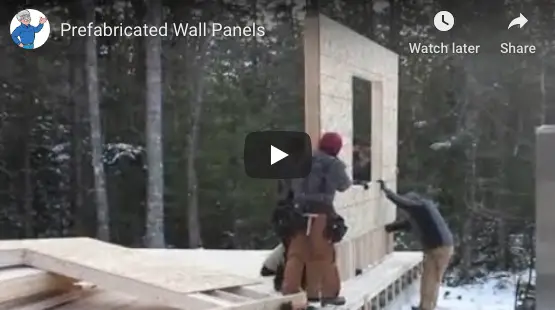
What did you think? My guess is you'll be convinced you should use these on your next job - even a large room addition! With skilled labor as rare as a white moose, you'll want precise factory-built walls on your job.
CLICK or TAP HERE to discover more about HOW MUCH THEY COST and WHAT LUMBER COMPANY near you can supply these for you.
That's quite enough for the last weekend in July. Party time today and tomorrow!
Tim Carter
Founder - www.AsktheBuilder.com
Certified Organic Cleaner - www.StainSolver.com - look at baseball hat!!
Invisible Happiness - www.W3ATB.com
Do It Right, Not Over!
P.S. Isn't it weird that science has disproved the silly "i" before "e" except after "c" spelling rule?
P.P.S. I'm only responsible for what I blurt out of my mouth or what flows from my fingertips while typing the Dvorak method, not what you may understand.
